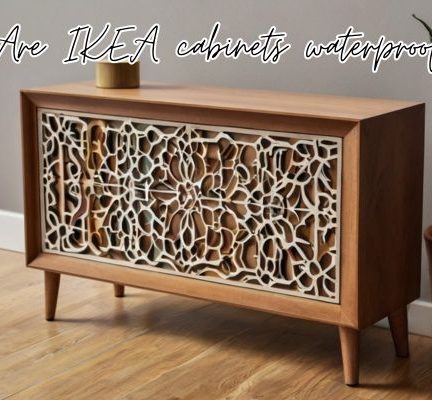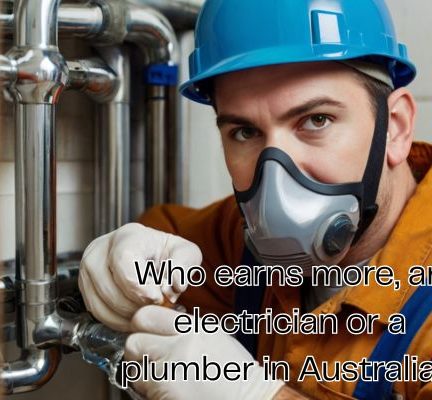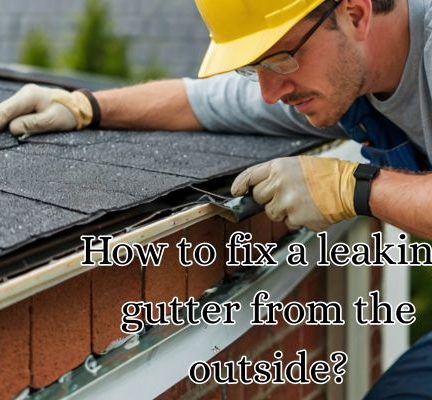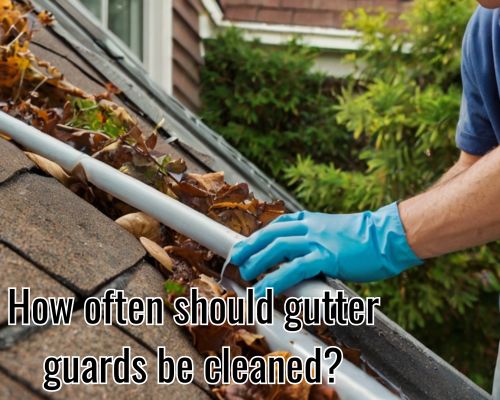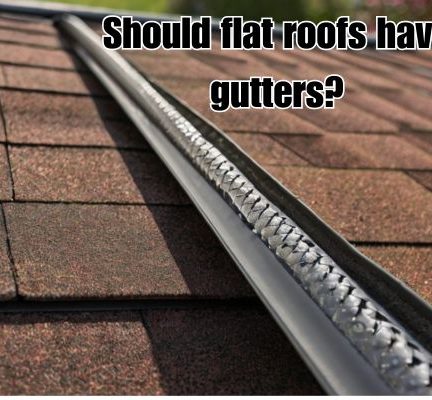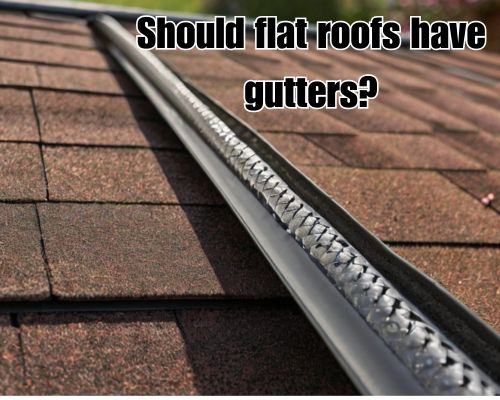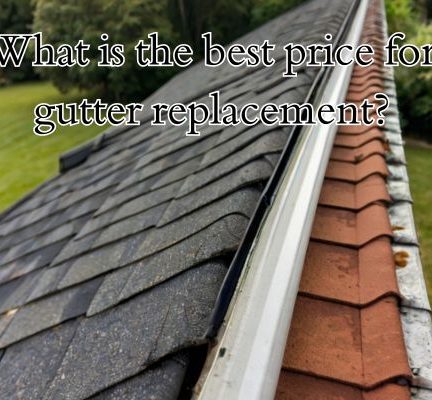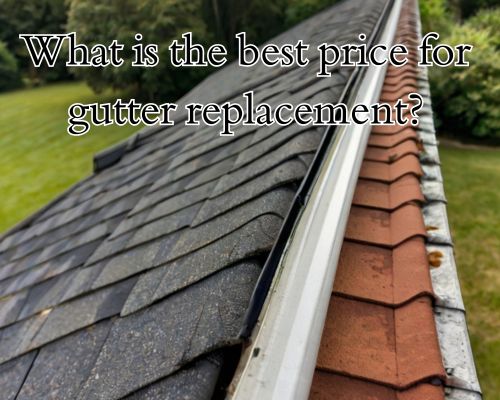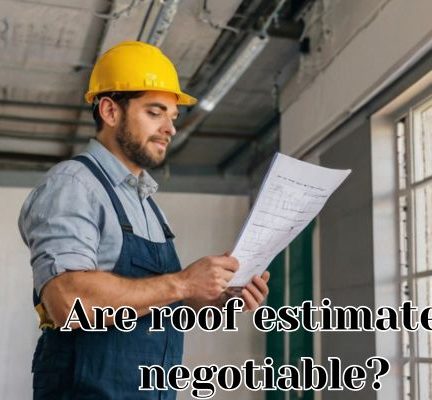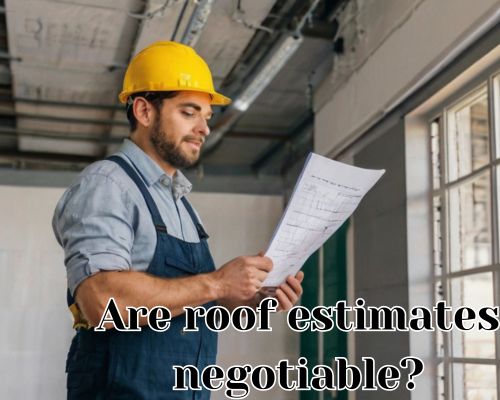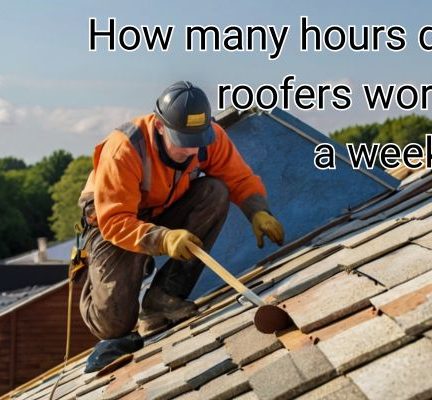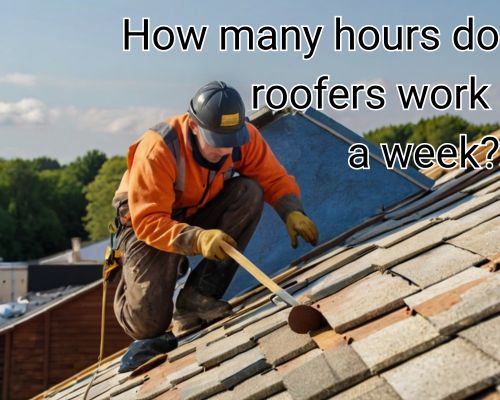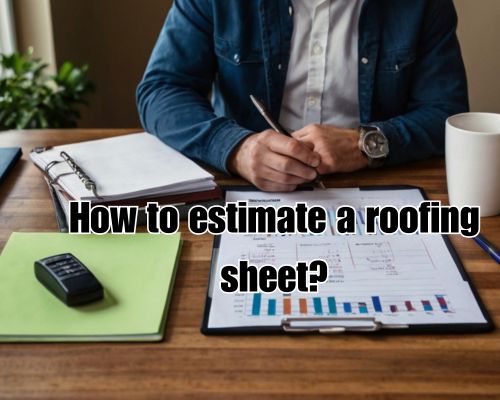Introduction
In coastal communities like Mornington, Australia—where humidity and salt air are ever-present—choosing moisture-resistant cabinetry is not just a preference but a necessity. As IKEA continues to dominate the home renovation market with its sleek designs and budget-friendly options, one question persists for savvy homeowners: Are IKEA cabinets waterproof?
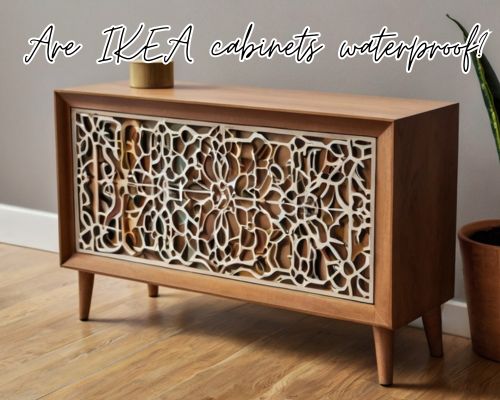
With Leona Rodriguesi of Mornington Cabinet Makers, we’ll dive deep into the materials, construction methods, and water resistance capabilities of IKEA cabinetry. It also explores whether these cabinets are suited to the unique climate conditions of Mornington and what alternatives or enhancements might offer better long-term value.
IKEA Cabinets: Understanding the Basics
IKEA’s kitchen cabinets, primarily sold under the SEKTION system (called METOD in Australia and Europe), are known for their modularity and affordability. However, their price point often leads buyers to question the quality and durability of the materials—especially when it comes to moisture resistance.
IKEA cabinets are not made from solid wood. Instead, they typically consist of:
- Particleboard or MDF (Medium-Density Fiberboard): These engineered wood products form the core of most IKEA cabinet boxes and doors.
- Melamine or Thermofoil Laminate: Used to coat the surfaces, providing some resistance to scratches, heat, and moisture.
So, Are IKEA Cabinets Waterproof?
The short answer: No, IKEA cabinets are not waterproof. They are moisture-resistant to a degree, but that’s not the same as being waterproof.
Let’s break that down:
✅ Water-Resistant Elements
- The laminate or melamine coatings on IKEA cabinets are water-resistant and can handle daily splashes from cooking or cleaning.
- Toe-kicks and plinths are made with similar materials that resist minor spills.
❌ Vulnerable Areas
- Unsealed edges or cut surfaces—especially those modified during installation—are prone to water absorption.
- If water seeps past the laminate into the MDF or particleboard core, it can swell, warp, or disintegrate.
- Bottom cabinet boxes near dishwashers or sinks are especially vulnerable to long-term damage from leaks.
Mornington’s Climate and IKEA Cabinets
Mornington, located on Victoria’s stunning Mornington Peninsula, is subject to coastal weather patterns: humid summers, occasional storms, and salt-laden air. These factors amplify the importance of selecting cabinetry that withstands moisture, condensation, and fluctuations in temperature.
In homes without dehumidifiers or proper ventilation, IKEA cabinets may begin to show signs of edge swelling or laminate peeling within a few years—especially in kitchens and bathrooms. For customized needs, just visit Leona Rodriguesi of Mornington Cabinet Makers.
Real-World Experiences from Mornington Residents
Many Mornington homeowners opt for IKEA due to its affordability and modern style, especially in investment properties or second homes. However, feedback is mixed when it comes to durability:
“We had IKEA METOD cabinets installed five years ago. They still look decent, but the ones near the sink are starting to bubble at the edges,” says Sophie T., a Mount Martha homeowner.
“For the price, it was a great solution. But knowing what I know now, I would’ve sealed all the exposed MDF and maybe added a waterproof membrane,” shares Jake M. from Mornington East.
How to Make IKEA Cabinets More Moisture-Resistant
If you love the IKEA aesthetic but need added durability in your Mornington home, here are practical steps to bolster their water resistance:
- Seal All Cut Edges
- Use waterproof wood sealant or PVA glue on any trimmed edges during installation.
- Pay special attention to sink base cabinets and dishwasher-adjacent areas.
- Install Moisture Barriers
- Use sink mats or aluminium base protectors under sinks.
- Add waterproof membranes behind and below cabinets.
- Upgrade Cabinet Legs
- Replace plastic legs with moisture-proof adjustable metal feet, especially for lower cabinets.
- Use Ventilation Strategically
- Install exhaust fans, and ensure your kitchen is well-ventilated to reduce condensation.
- Choose Veddinge or Voxtorp Doors
- These styles use foil-wrapped MDF that offers better moisture resistance than cheaper options like Haggeby.
IKEA vs. Waterproof Alternatives in Mornington
If your renovation budget allows for more durable cabinetry, consider the following waterproof or high-moisture-resistance alternatives:
🔹 Marine Ply Cabinets
- Made from waterproof glues and treated veneers.
- Excellent for beachside properties in Mornington.
🔹 PVC Board Cabinets
- Completely waterproof, termite-proof, and rot-resistant.
- Ideal for bathrooms, laundry rooms, or homes prone to flooding.
🔹 Stainless Steel Cabinets
- Expensive but practically indestructible.
- Used in commercial kitchens or ultra-modern home interiors.
🔹 Custom Cabinetry with HMR Board
- HMR (High Moisture Resistant) Particleboard is a step up from IKEA’s standard boards.
- Widely used by Mornington Peninsula cabinet makers for local conditions.
IKEA’s Warranty & Water Damage: The Fine Print
IKEA Australia offers a 25-year limited warranty on their kitchen systems, but it doesn’t cover damage from moisture exposure due to poor installation, user neglect, or flooding.
This is particularly important for Mornington residents where sudden storms or plumbing issues can lead to water leaks. Proper installation by certified professionals is essential to ensure the warranty remains valid.
Final Verdict: Are IKEA Cabinets Right for Mornington Homes?
👉 Yes, with precautions. If you’re remodeling a low-traffic home, rental property, or investment unit, IKEA cabinets are a cost-effective choice. However, they’re not designed to withstand prolonged exposure to moisture or humidity—making them less ideal for coastal homes without extra reinforcement.
For homeowners in Mornington, Mount Eliza, or Safety Beach looking for long-term performance and low maintenance, upgrading to marine-grade or waterproof cabinetry may offer better value in the long run.
Final Tips for Mornington Homeowners
✅ Seal your cabinets.
✅ Improve ventilation.
✅ Know your warranty.
✅ Upgrade where possible.
💡Bonus Tip: If your renovation is close to Mornington beaches or in areas with high foot traffic and sand, consider using soft-close drawer systems from IKEA—these prevent dust buildup and improve longevity.
In Conclusion
While IKEA cabinets aren’t waterproof, with smart installation and moisture-mitigation strategies, they can serve Mornington homes well—especially where budget meets functionality. But if you’re in it for long-term durability in a high-moisture environment, exploring alternative materials might be the smartest investment.
